Images of the Big E 2018 - Concert and Performance Photography
For 20 years I have had the pleasure of photographing the entertainment at New England’s largest fair, the Eastern States Exposition in West Springfield, MA. With over 1,500,000 people passing through the gates over its 17-day run The Big E is one of the largest fairs in North America and by far the biggest draw in New England.
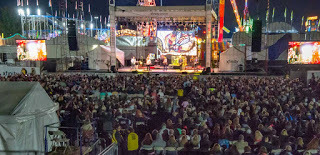 The Beach Boys play for a packed house on closing night, October 30, 2018
The Beach Boys play for a packed house on closing night, October 30, 2018
Over the years I’ve developed what I suppose is a distinct style of photography, and the managers, promoters, musicians and other performers have welcomed it, and invited me onto their stages, into the back rooms, and wherever else I cared to venture in search of the winning image.
In this blog I’ve shown many of the performers who graced the stages at this year’s (2018) fair. If you performed at the fair and don’t see yourself or your group, I apologize as there were some I inevitably missed due to time conflicts and just sheer numbers.
The pictures you will see were taken with Nikon D5 and D4S system cameras. Most of the photos were shot through a Nikon 80-400 lens with image stabilization. All are hand-held, and no flash or other supplemental light was used. None of these shots are posed. All the performers were shot while performing their acts. There are no rehearsals for this kind of picture taking. You put in your earplugs, pick up the camera, and go do it.
Most images were shot at night under stage lighting, using ISO sensitivities of 1000-12000. It is amazing how good the images are for a speed that would have been almost unattainable 10 years ago. Shutter speeds range from 1/80 to 1/250 of a second, with most shots being 1/100 or so. That allows enough motion blur to make the performers look alive, but not so much as to make the whole shot blurry.
The challenge with taking pictures like this is to see the image, compose and focus in the brief milliseconds that the possible picture exists. Since the performers are in constant motion you have to decide to shoot or not very fast, and you need a camera that can keep up. With the exception of the flying trapeze act (which happens too fast to see) all these pictures were taken in single shot mode. Each one represents a deliberate choice; not a lucky accident of timing.
Another thing you need for good performance images is proximity. I'm lucky to be offered special access because people like the resultant images. In the world of autism advocacy my books speak for me, to positive effect. In the music and circus worlds, I'm proud to see my imagery has done the same. In most cases I shot these performers at distances under fifteen feet. Many were shot at six feet and some even closer. To get that close I had to creep onto or beside the stages, and into areas where audiences never go. Interestingly, it’s the photos from those places that audiences look at and say, “Yeah, that is just how I remember it.” It seems the closer I get, and the more surreal the composition or exposure, the more real it feels to many people.
This is an example of proximity and what it means. For the photo below I stood three feet from funk drummer Jellybean Johnson, and shot this image from a perspective few people see firsthand. Yet it's this image that people say looks real to them. That shows how our imagination often means more to memory than what we actually saw, when it comes to emotional things like music.
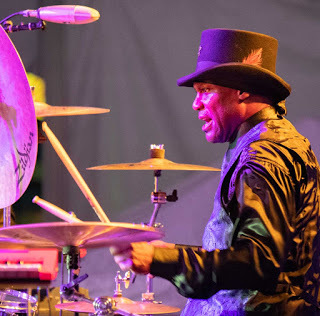
I thank everyone in these shots for welcoming me onto their stages and into their performances, and the promoters and managers for bringing me onto the grounds. In every case they know I’m there and I sometimes feel we are in a dance – performer and I – looking at each other, looking away, both of us moving, waiting for that perfect moment. Sometimes people ask me how the music was, and the answer is . . . I don’t know. When I concentrate to take the photos I don’t really hear the music. I feel it, but I can’t recall it to you later. Others ask what kind of music is my favorite, and the truth is, I live turning all of it into imagery. I don’t really care what they play; it’s magic when it works.
John Elder Robison
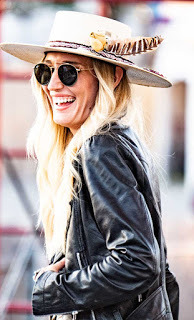
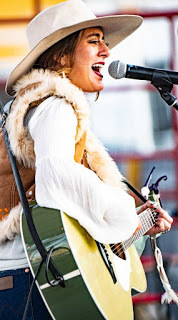
Alyssa and Ruby of Sisterhood
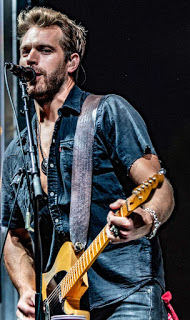
Tom Dobson

Raelynn, famous for That's Why God Made Girls
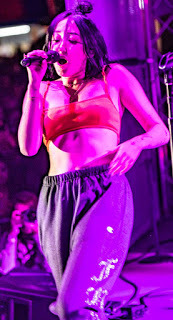
Noah Cyrus
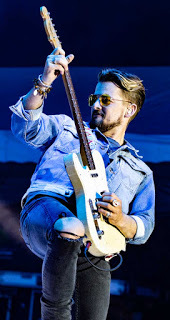
Country star Chase Bryant
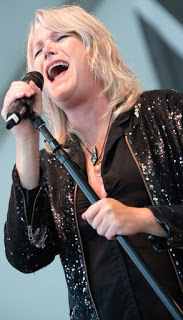
Cathy Richardson, of Jefferson Starship
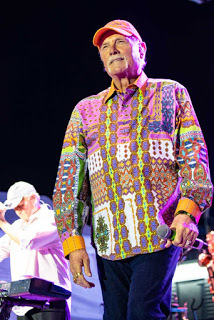
Mike Love of The Beach Boys
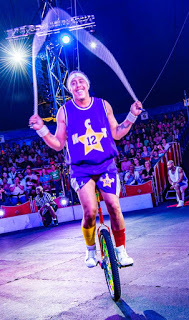
The King Charles Troupe - basketball on unicycles in the middle of the circus
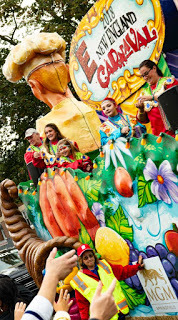
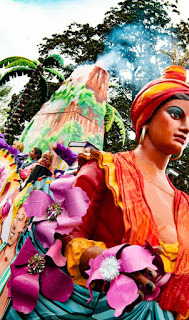
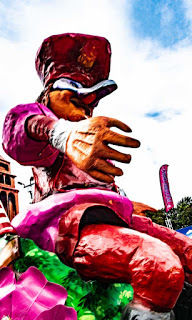
The Mardi Gras Parade
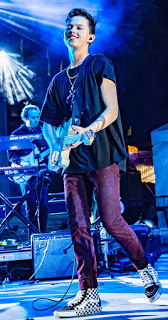
Jacob Sartorious
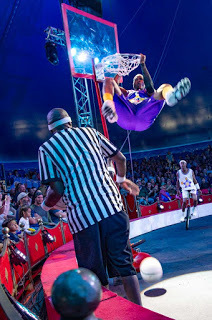
The King Charles Troupe, the first all-black Barnum and Bailey act from 1954
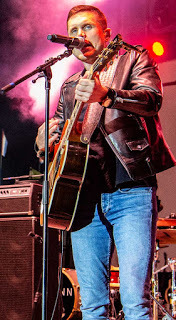
Trent Harmon

Robby Krieger of The Doors
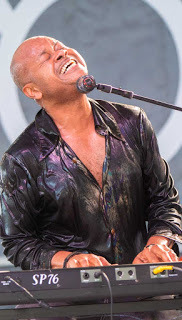
Eliot Sloan of Blessid Union of Souls
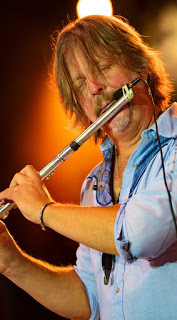
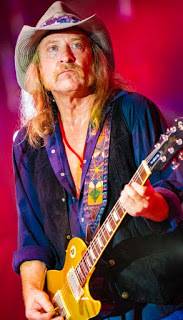
Marcus James Henderson and Chris Hicks of The Marshall Tucker Band

Matthew Ramsey of Old Dominion
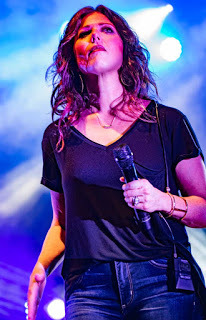
Melody DeVevo of Casting Crowns
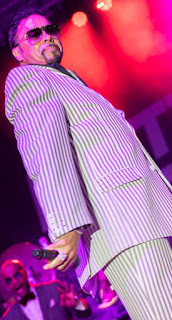
Morris Day of M.D. and the Time

Tony Orlando, famous for Tie a Yellow Ribbon, Knock Three Times, Candida and more
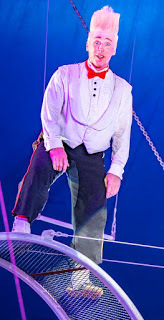
Circus star Bello Nock
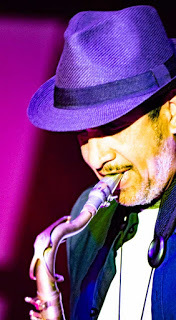
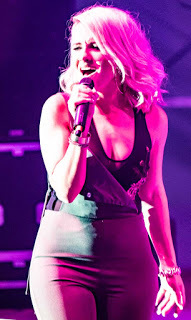
The Voice, performed live on the Big E stage
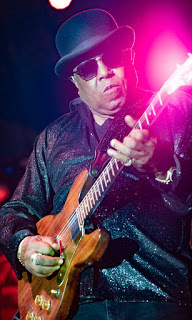
Tito Jackson
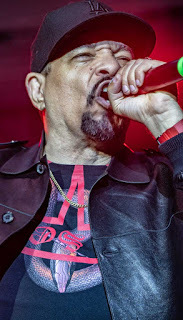
Ice T
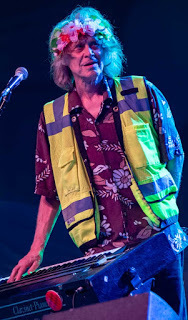
Terry Adams of NRBQ
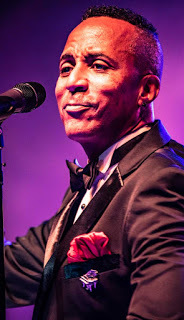
The Drifters, who I first saw when working Studio Instrument Rentals in NY in the 70s
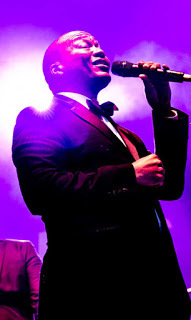
The Platters
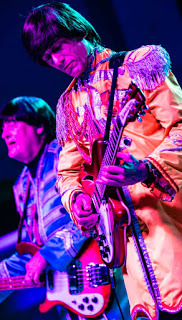
The Beatles Tribute
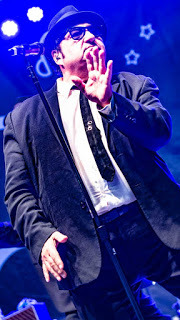
And the Official Blues Brothers Band
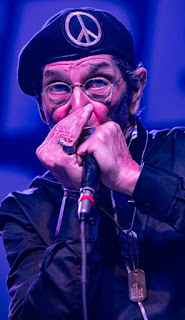
War

Jenny Tolman, up from Nashville for a single show
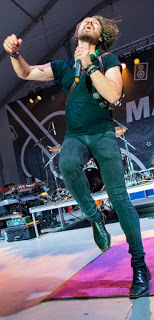
Hanson
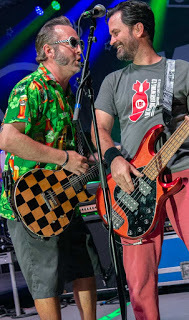 Reel Big Fish
Reel Big Fish
(c) John Elder Robison
John Elder Robison is an autistic adult and advocate for people with neurological differences. He's the author of Look Me in the Eye, Be Different, Raising Cubby, and Switched On. He serves on the Interagency Autism Coordinating Committee of the US Dept of Health and Human Services and many other autism-related boards. He's co-founder of the TCS Auto Program (A school for teens with developmental challenges) and he’s the Neurodiversity Scholar in Residence at the College of William and Mary in Williamsburg, Virginia and an advisor to the Neurodiversity Institute at Landmark College in Putney, Vermont.
The opinions expressed here are his own. There is no warranty expressed or implied. While reading this essay will give you food for thought, actually printing and eating it may make you sick.
(c) 2007-2011 John Elder Robison
 The Beach Boys play for a packed house on closing night, October 30, 2018
The Beach Boys play for a packed house on closing night, October 30, 2018Over the years I’ve developed what I suppose is a distinct style of photography, and the managers, promoters, musicians and other performers have welcomed it, and invited me onto their stages, into the back rooms, and wherever else I cared to venture in search of the winning image.
In this blog I’ve shown many of the performers who graced the stages at this year’s (2018) fair. If you performed at the fair and don’t see yourself or your group, I apologize as there were some I inevitably missed due to time conflicts and just sheer numbers.
The pictures you will see were taken with Nikon D5 and D4S system cameras. Most of the photos were shot through a Nikon 80-400 lens with image stabilization. All are hand-held, and no flash or other supplemental light was used. None of these shots are posed. All the performers were shot while performing their acts. There are no rehearsals for this kind of picture taking. You put in your earplugs, pick up the camera, and go do it.
Most images were shot at night under stage lighting, using ISO sensitivities of 1000-12000. It is amazing how good the images are for a speed that would have been almost unattainable 10 years ago. Shutter speeds range from 1/80 to 1/250 of a second, with most shots being 1/100 or so. That allows enough motion blur to make the performers look alive, but not so much as to make the whole shot blurry.
The challenge with taking pictures like this is to see the image, compose and focus in the brief milliseconds that the possible picture exists. Since the performers are in constant motion you have to decide to shoot or not very fast, and you need a camera that can keep up. With the exception of the flying trapeze act (which happens too fast to see) all these pictures were taken in single shot mode. Each one represents a deliberate choice; not a lucky accident of timing.
Another thing you need for good performance images is proximity. I'm lucky to be offered special access because people like the resultant images. In the world of autism advocacy my books speak for me, to positive effect. In the music and circus worlds, I'm proud to see my imagery has done the same. In most cases I shot these performers at distances under fifteen feet. Many were shot at six feet and some even closer. To get that close I had to creep onto or beside the stages, and into areas where audiences never go. Interestingly, it’s the photos from those places that audiences look at and say, “Yeah, that is just how I remember it.” It seems the closer I get, and the more surreal the composition or exposure, the more real it feels to many people.
This is an example of proximity and what it means. For the photo below I stood three feet from funk drummer Jellybean Johnson, and shot this image from a perspective few people see firsthand. Yet it's this image that people say looks real to them. That shows how our imagination often means more to memory than what we actually saw, when it comes to emotional things like music.

I thank everyone in these shots for welcoming me onto their stages and into their performances, and the promoters and managers for bringing me onto the grounds. In every case they know I’m there and I sometimes feel we are in a dance – performer and I – looking at each other, looking away, both of us moving, waiting for that perfect moment. Sometimes people ask me how the music was, and the answer is . . . I don’t know. When I concentrate to take the photos I don’t really hear the music. I feel it, but I can’t recall it to you later. Others ask what kind of music is my favorite, and the truth is, I live turning all of it into imagery. I don’t really care what they play; it’s magic when it works.
John Elder Robison


Alyssa and Ruby of Sisterhood

Tom Dobson

Raelynn, famous for That's Why God Made Girls

Noah Cyrus

Country star Chase Bryant

Cathy Richardson, of Jefferson Starship

Mike Love of The Beach Boys

The King Charles Troupe - basketball on unicycles in the middle of the circus



The Mardi Gras Parade

Jacob Sartorious

The King Charles Troupe, the first all-black Barnum and Bailey act from 1954

Trent Harmon

Robby Krieger of The Doors

Eliot Sloan of Blessid Union of Souls


Marcus James Henderson and Chris Hicks of The Marshall Tucker Band

Matthew Ramsey of Old Dominion

Melody DeVevo of Casting Crowns

Morris Day of M.D. and the Time

Tony Orlando, famous for Tie a Yellow Ribbon, Knock Three Times, Candida and more

Circus star Bello Nock


The Voice, performed live on the Big E stage

Tito Jackson

Ice T

Terry Adams of NRBQ

The Drifters, who I first saw when working Studio Instrument Rentals in NY in the 70s

The Platters

The Beatles Tribute

And the Official Blues Brothers Band

War

Jenny Tolman, up from Nashville for a single show

Hanson
 Reel Big Fish
Reel Big Fish(c) John Elder Robison
John Elder Robison is an autistic adult and advocate for people with neurological differences. He's the author of Look Me in the Eye, Be Different, Raising Cubby, and Switched On. He serves on the Interagency Autism Coordinating Committee of the US Dept of Health and Human Services and many other autism-related boards. He's co-founder of the TCS Auto Program (A school for teens with developmental challenges) and he’s the Neurodiversity Scholar in Residence at the College of William and Mary in Williamsburg, Virginia and an advisor to the Neurodiversity Institute at Landmark College in Putney, Vermont.
The opinions expressed here are his own. There is no warranty expressed or implied. While reading this essay will give you food for thought, actually printing and eating it may make you sick.
(c) 2007-2011 John Elder Robison

Published on October 02, 2018 19:05
No comments have been added yet.



